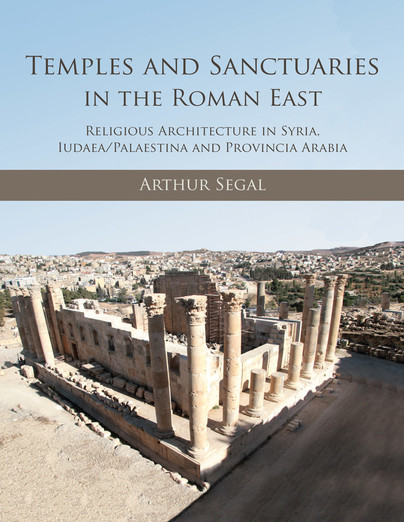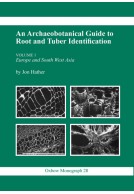Temples and Sanctuaries in the Roman East (Paperback)
Religious Architecture in Syria, Iudaea/Palaestina and Provincia Arabia
By
Arthur Segal
Imprint: Oxbow Books
Pages: 392
Illustrations: B/w
ISBN: 9781789258806
Published: 15th September 2022
Script Academic & Professional
Imprint: Oxbow Books
Pages: 392
Illustrations: B/w
ISBN: 9781789258806
Published: 15th September 2022
Script Academic & Professional
You'll be £16.00 closer to your next £10.00 credit when you purchase Temples and Sanctuaries in the Roman East. What's this?
+£4.99 UK Delivery or free UK delivery if order is over £40
(click here for international delivery rates)
Order within the next 1 hour, 52 minutes to get your order processed the next working day!
Need a currency converter? Check XE.com for live rates
(click here for international delivery rates)
Order within the next 1 hour, 52 minutes to get your order processed the next working day!
Need a currency converter? Check XE.com for live rates
This lavishly illustrated volume presents a comprehensive architectural study of 87 individual temples and sanctuaries built in the Roman East between the end of the 1st century BCE and the end of the 3rd century CE, within a broad region encompassing the modern states of Syria, Lebanon, Israel and Jordan. Religious architecture gave faithful expression to the complexity of the Roman East and to its multiplicity of traditions pertaining to ethnic and religious aspects as well as to the powerful influence of Imperial Rome. The source of this power lay in the uniformity of the architectural language, the inventory of forms, the choice of styles and the spatial layout of the buildings. Thus, while temples have an eclectic character, there is an underlying unity of form comprising the podium, the stairway between the terminating walls (antae) and the columns along the entrance front - in other words, the axiality, frontality and symmetry of the temple as viewed from outside.The temples and sanctuaries studied in this volume demonstrate individual nuances of plan, spatial design, location in the sanctuary and interrelations with the immediate vicinity but can be divided into two main categories: Vitruvian temples (derived from Hellenistic-Roman architecture) and Non-Vitruvian temples (those with plans and spatial designs that cannot be analysed according to architectural criteria such as those defined by Vitruvius). The individual descriptions presented focus solely upon the analysis of the external and internal space of the temples of all types and do not involve any cultural or ethnic discussion.
There are no reviews for this book. Register or Login now and you can be the first to post a review!
Customers who bought this title also bought...
Other titles in Oxbow Books...
















